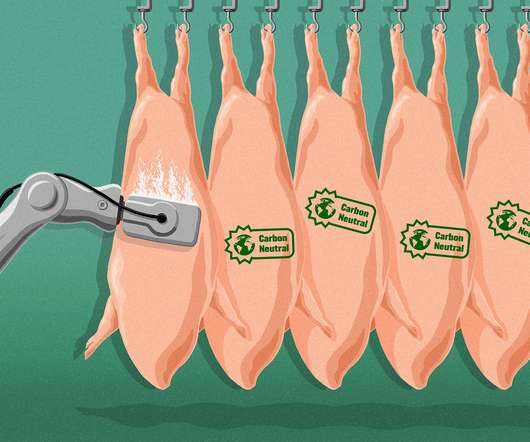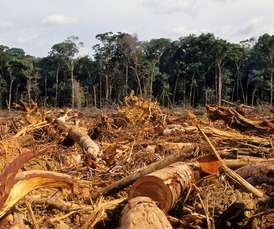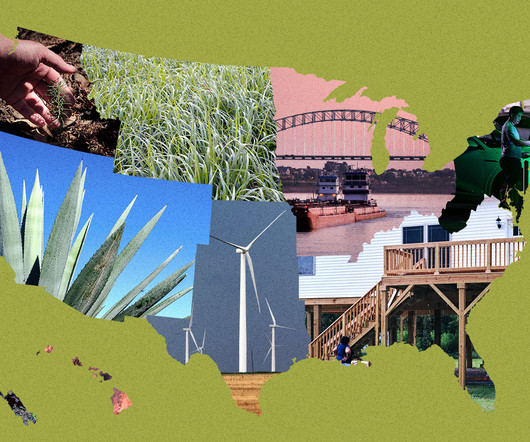Understanding the Anthropocene, Resilience Thinking, and the Future of Industry
Green Business Bureau
JANUARY 18, 2023
Eras in the Earth’s history are defined by major climactic events and distinguished through the fossil record, carbon dating, and other methods. Ocean acidification – Surface ocean acidity has already increased by 30 percent since pre-industrial times. The Holocene. The Anthropocene.
















Let's personalize your content